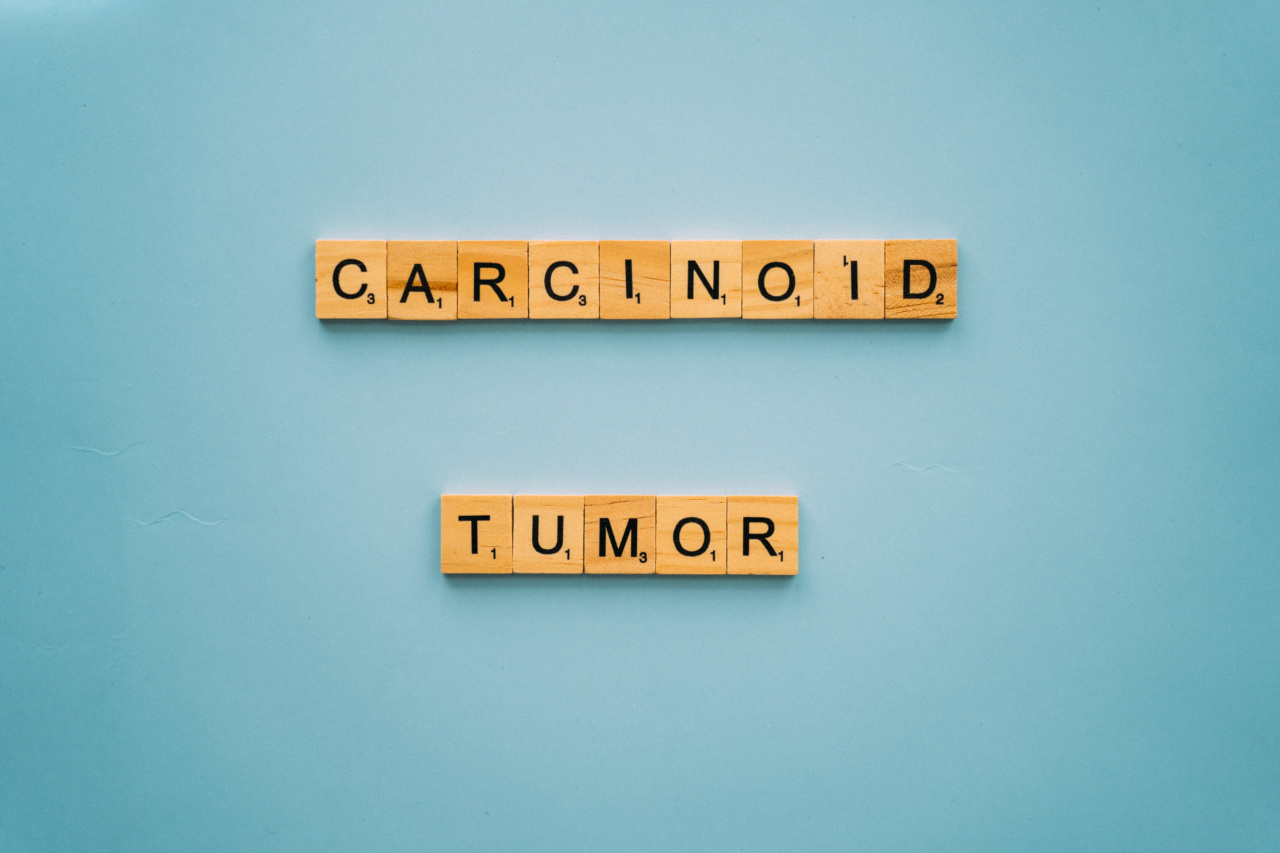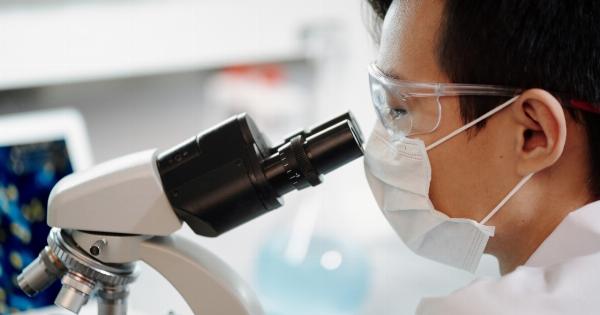Pancreatic cancer is one of the deadliest cancers with a 5-year survival rate of only 10%. It is difficult to treat because it is often diagnosed late when the cancer has already spread to other organs.
One of the surgical options to treat pancreatic cancer is tumor and portal vein removal. This surgery is complex and not appropriate for everyone, but for some patients, it can be life-saving.
What is pancreatic cancer?
Pancreatic cancer is a cancer that starts in the pancreas, an organ located behind the stomach. The pancreas produces enzymes that help digestion and hormones that regulate blood sugar levels.
Pancreatic cancer can sometimes cause these enzymes and hormones to be produced in excess, which can cause symptoms such as abdominal pain, jaundice, and weight loss. The most common type of pancreatic cancer is adenocarcinoma, which starts in the cells that line the pancreatic ducts.
When is tumor and portal vein removal used?
Tumor and portal vein removal is a surgery used to treat pancreatic cancer when the cancer has not spread to other organs, but has grown into, or is pressing on, the portal vein.
The portal vein is a large blood vessel that carries blood from the stomach and intestines to the liver. If the cancer has grown into the portal vein, it can block the flow of blood, which can cause the liver to fail.
How is tumor and portal vein removal done?
Tumor and portal vein removal is a complex surgery that should only be performed by experienced surgeons.
The surgery involves removing the part of the pancreas where the cancer is located, as well as the section of the portal vein where the cancer has grown into. The portal vein is then reconstructed using a graft, which is a piece of blood vessel taken from elsewhere in the body or from a donor.
The surgery can take several hours and the patient will need to stay in the hospital for several days afterwards to recover.
Who is a candidate for tumor and portal vein removal?
Not all patients with pancreatic cancer are candidates for tumor and portal vein removal. The surgery is only appropriate for patients who have cancer that has not spread to other organs and who are otherwise healthy enough to undergo a major surgery.
Patients may also need to undergo chemotherapy or radiation therapy before or after the surgery to increase the chances of success.
What are the risks and benefits of tumor and portal vein removal?
Tumor and portal vein removal is a major surgery and comes with risks, including bleeding, infection, and damage to nearby organs. The surgery can also cause complications such as blood clots and pneumonia.
However, for some patients, the benefits of the surgery can be life-saving. By removing the cancer and restoring the flow of blood through the portal vein, the surgery can prevent liver failure and help the patient live longer.
What is the recovery process like?
The recovery process after tumor and portal vein removal can be slow and the patient may need to stay in the hospital for up to two weeks after the surgery.
During this time, the patient will need to rest and may receive physical therapy to help regain strength and mobility. The patient may also need to follow a special diet to aid in digestion. It can take several months for the patient to fully recover and they will need to have regular follow-up appointments with their healthcare team.
Conclusion
Tumor and portal vein removal is a complex surgery that is not appropriate for every patient with pancreatic cancer, but for some patients, it can be a life-saving option.
The surgery involves removing the cancer and reconstructing the portal vein using a graft. The surgery has risks and benefits that should be carefully considered by the patient and their healthcare team.
Patients who undergo tumor and portal vein removal will need to spend time recovering in the hospital and may need to follow a special diet during the recovery process.


























